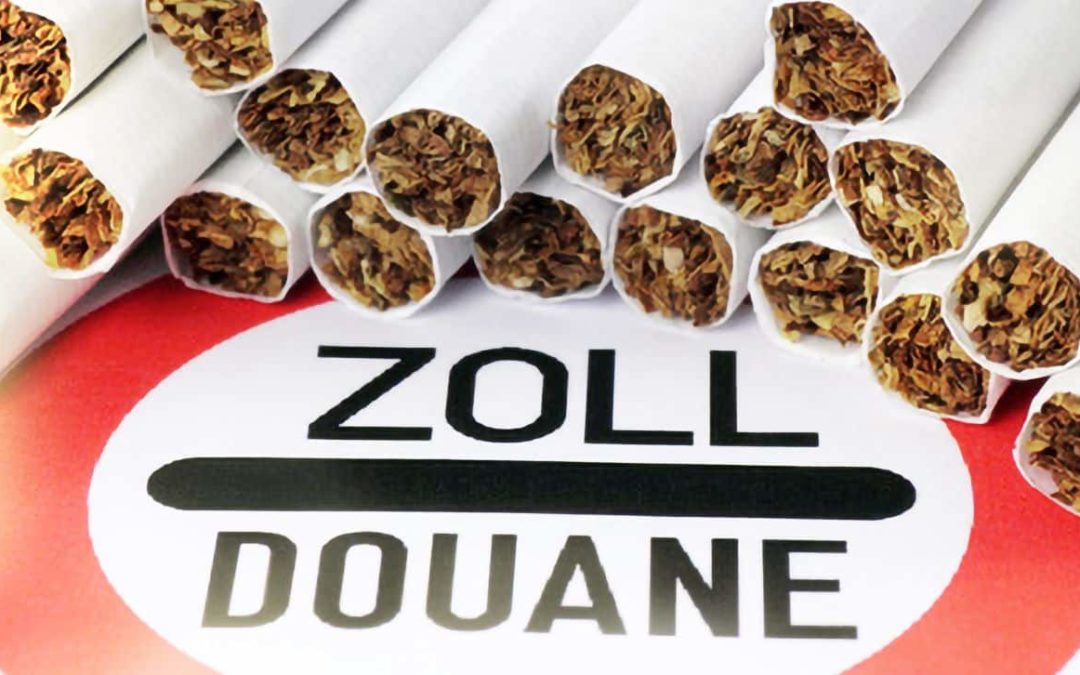The European Commission recently published the 2015 Report on EU Customs Enforcement of Intellectual Property Rights.I While the number of cases (a ‘case’ refers to a detention that may contain one or more articles) dipped slightly in 2015 (95,194 in 2014 vs. 81,098 in 2015), the number of articles infringing an IPR continues to increase, with 43,7 million detained articles in 2015. That represents a 15 per cent increase on the number of items seized in 2014, a total value of over 640 million euros.
Cigarettes top the list of detained articles, accounting for 27% of the overall goods suspected of infringement, followed by other goods (e.g. batteries, glue, design articles, manuals, etc.), toys, and foodstuff. Interestingly, labels, tags and stickers joined the top 5 last year.
In total, 11,239,956 cigarettes were detained, a retail value of 38,803,257 euros. A departure from previous years, a very large part of the detained cigarettes originated from Montenegro (73.55%), compared with China (91.08%) in 2014. In the former Yugoslavia, Montenegro was known for being a haven for cigarette smuggling into Italy, but today, cigarettes from Montenegro and Croatia are smuggled across the border into Bosnia and Herzegovina for local consumption or for sale in Europe.II
Another major difference between 2014 and 2015 is the important increase in counterfeit or pirated labels and other packaging materials. In total, 3,319,198 labels, tags and stickers were detained in 2015 compared with 936,624 in 2014 (254% difference). These articles came primarily from China (67.20%) and are valued at 6,980,515 euros. The increase is mostly due to the fact that China continues to be the main manufacturer of fake goods bearing fake trademarks (41.08% overall in 2015).
By contrast, medicines experienced a significant decrease in product detention, with 895,324 articles detained in 2015 compared to 2,804,569 in 2014 (103% difference). The decrease is most marked in China, who accounted for 88,62% of the share of detained medicinal products in 2014 compared to 18,06% in 2015. Instead, India was in the lead for medicines with 56.80% of the overall amount of products seized.
The overall reduction in fake medicines may be due to both increased attempts by the Chinese government to tackle the production of counterfeit goods in their country,III particularly of their own brands, and continued efforts by European law enforcement agencies, regulatory bodies, public and private sector organizations, and anti-counterfeiting groups to decrease the number of goods infringing an IPR.
As with previous years, the detention of these goods by EU customs resulted in either their destruction (75%) or legal recourse by the right-holder to establish the IPR infringement.
In a press release, Pierre Moscovici, Commissioner for Economic and Financial Affairs, Taxation and Customs, said: “I’ve witnessed first-hand the excellent work of customs officials across the EU in dealing with counterfeit and sometimes dangerous goods. But the criminal activity which swamps our internal market with fake and illegal products shows no sign of abating. The Commission will continue to work with customs authorities, international partners and industry to ensure a high level of protection for intellectual property rights in the EU.” IV
I ec.europa.eu
II occrp.org
III euipo.europa.eu
IV europa.eu

